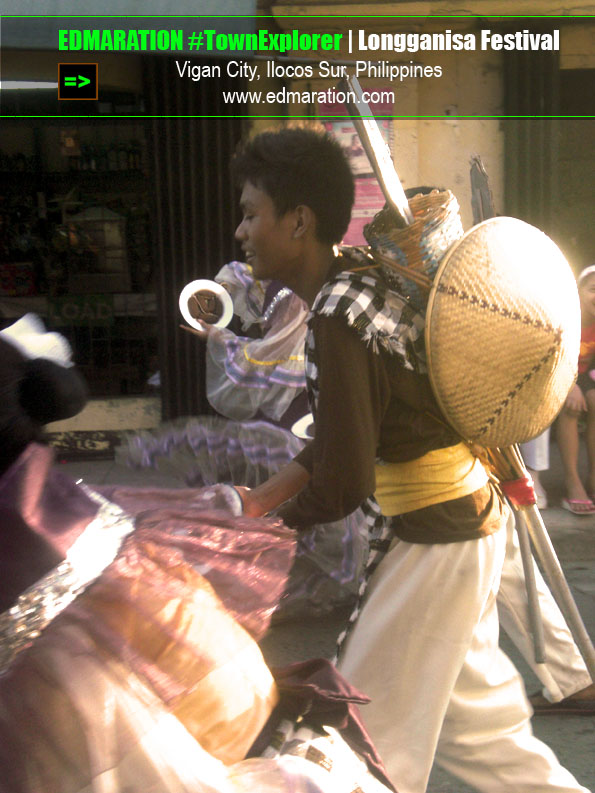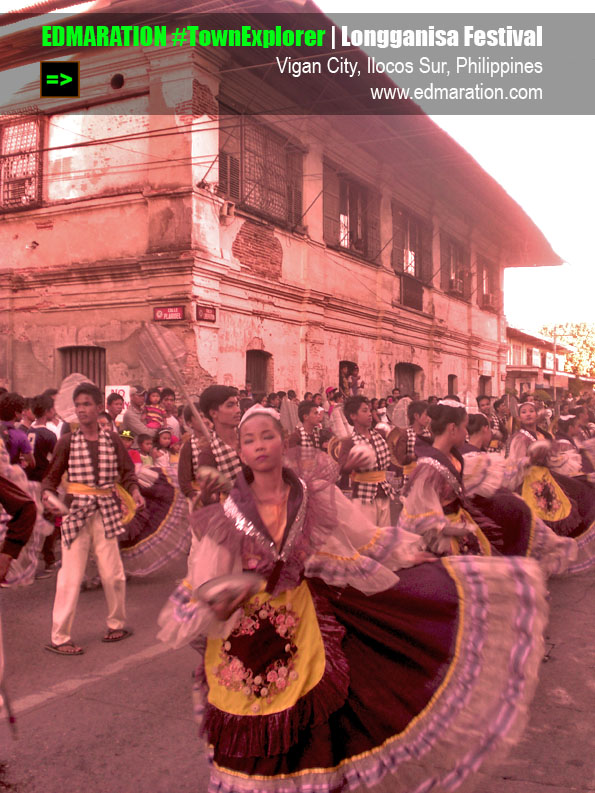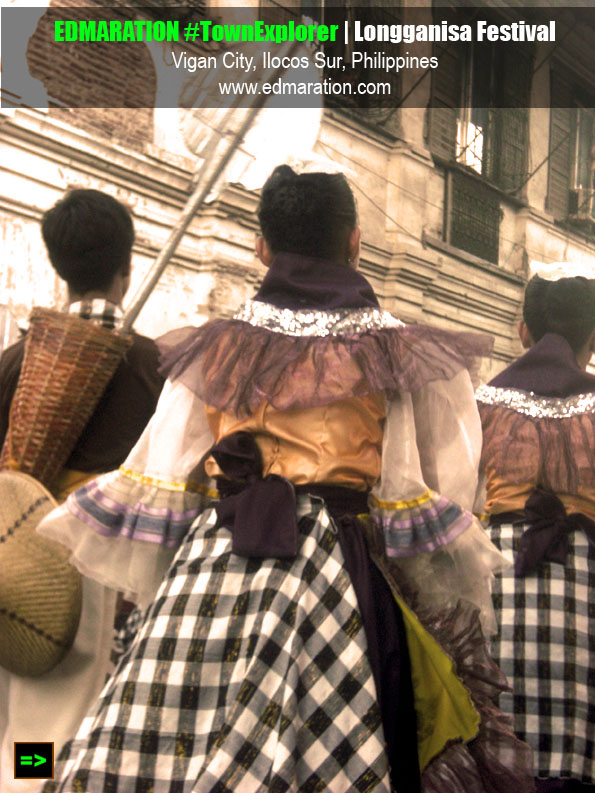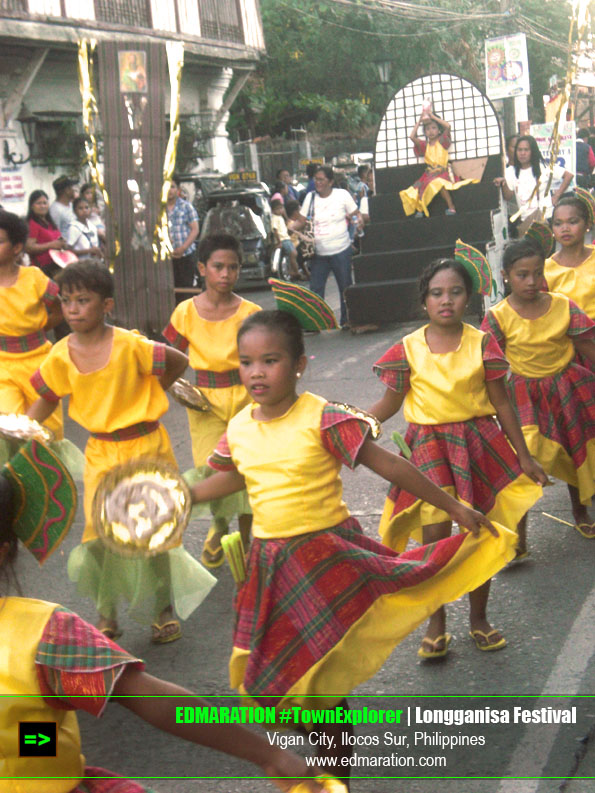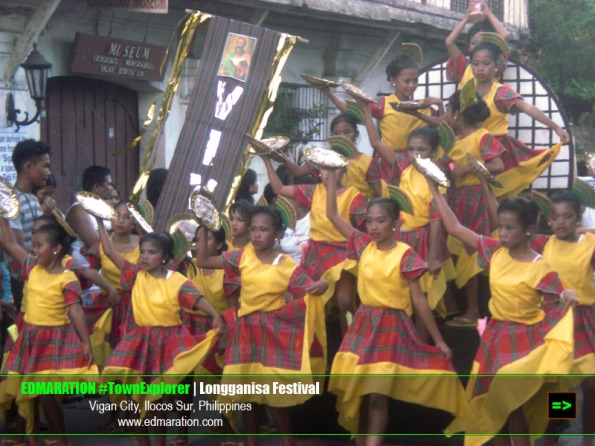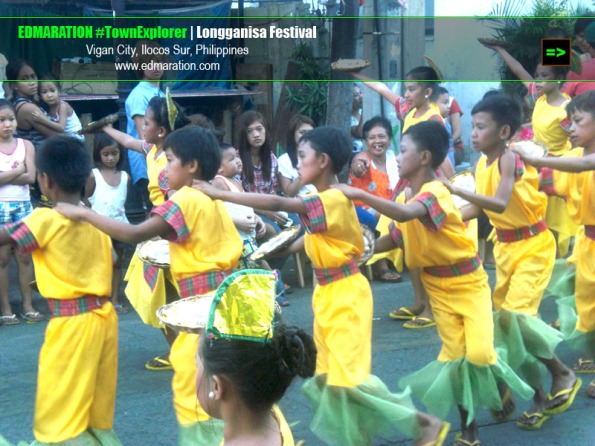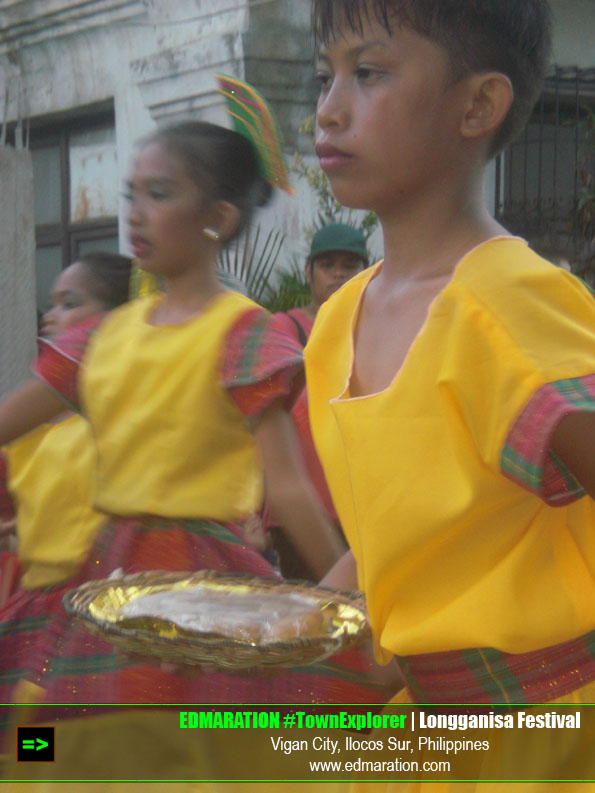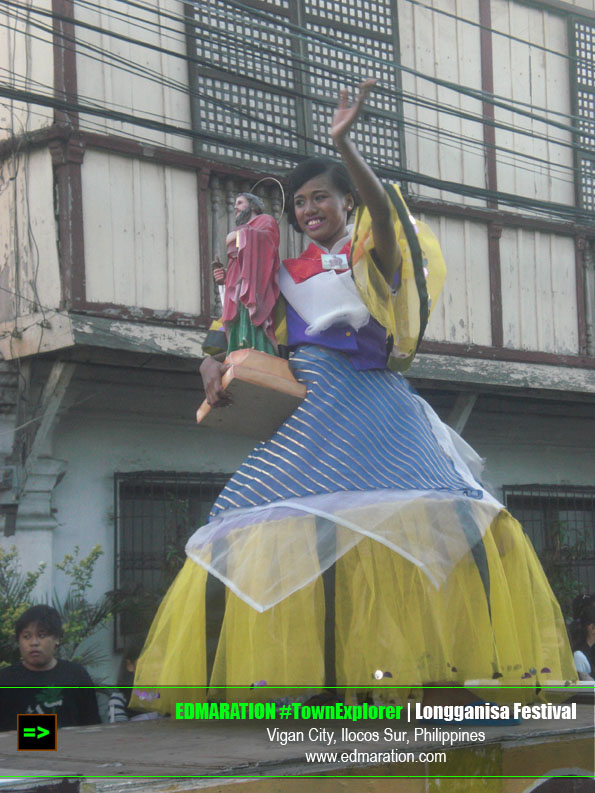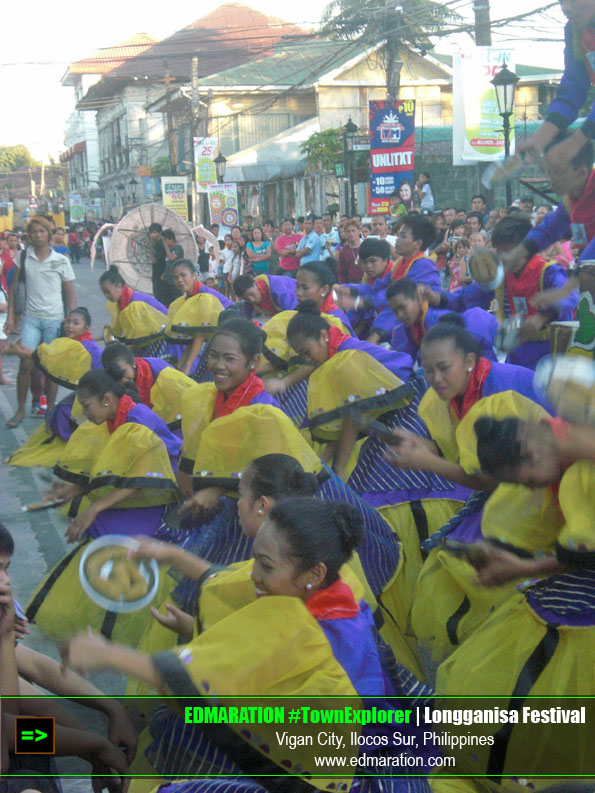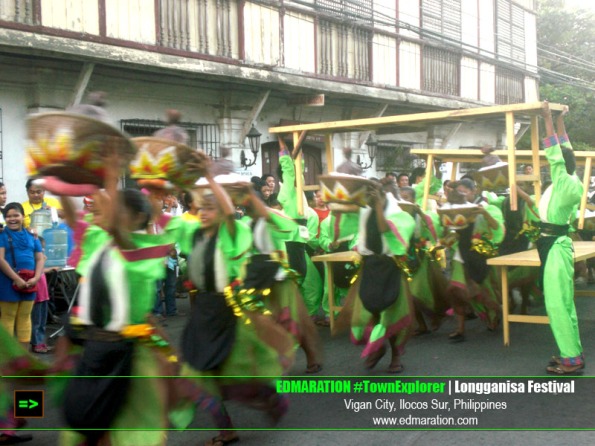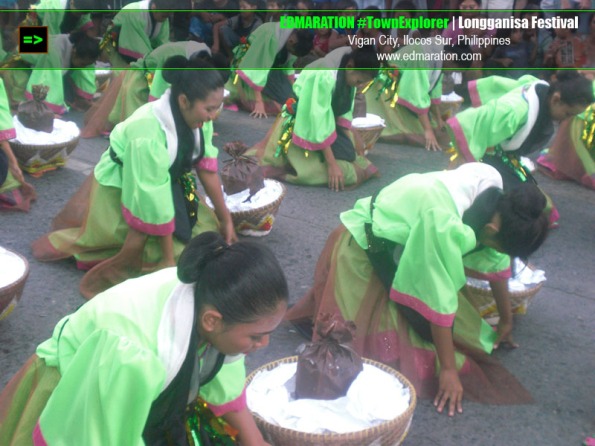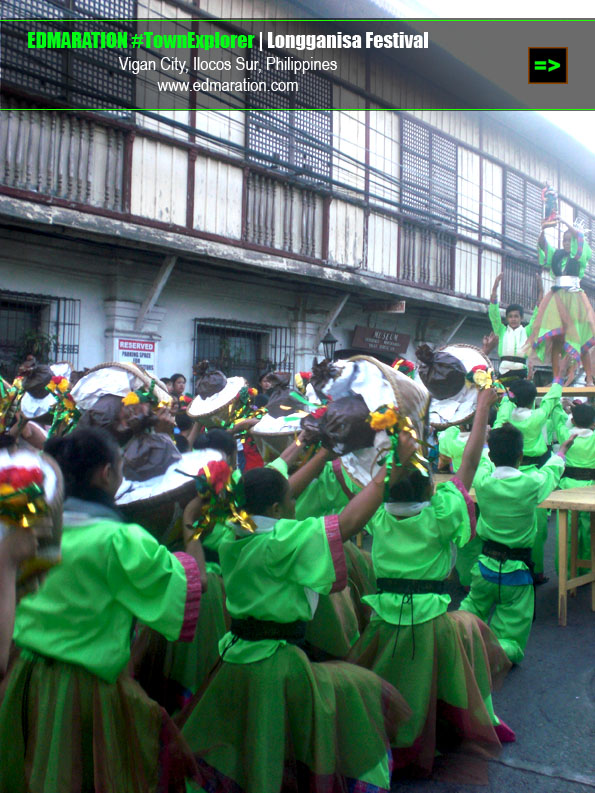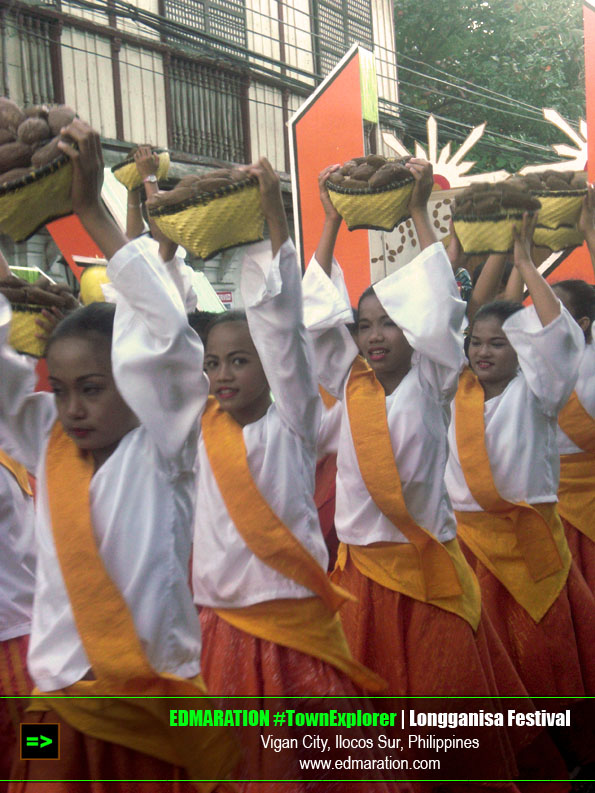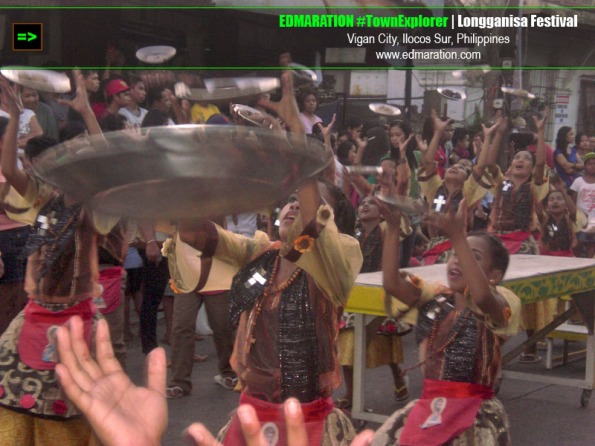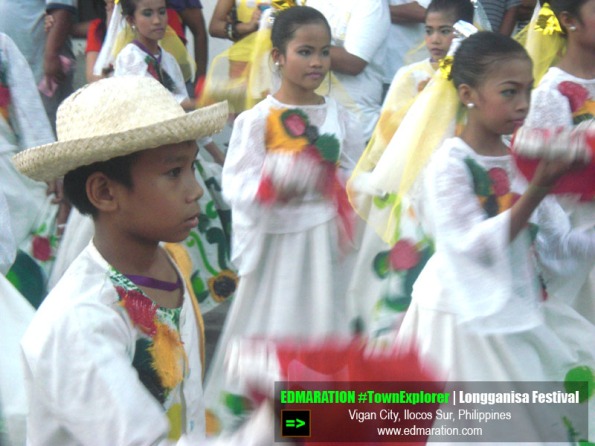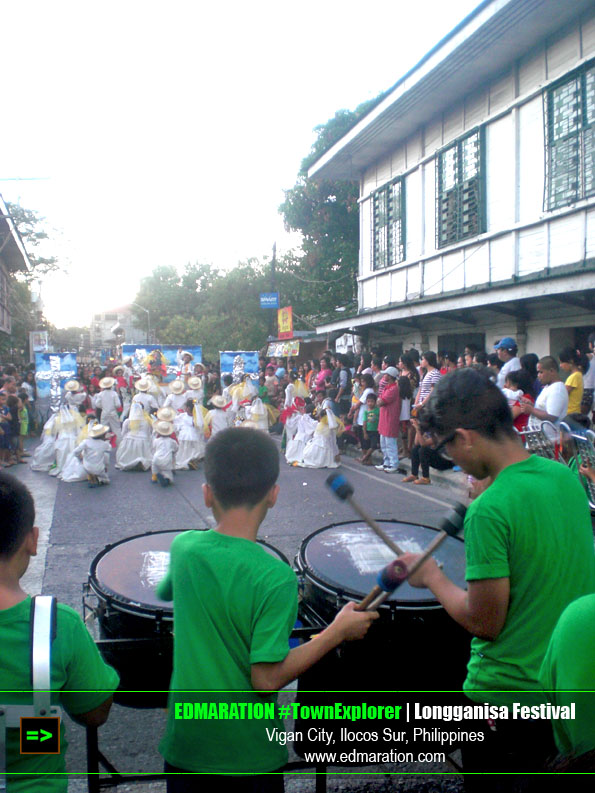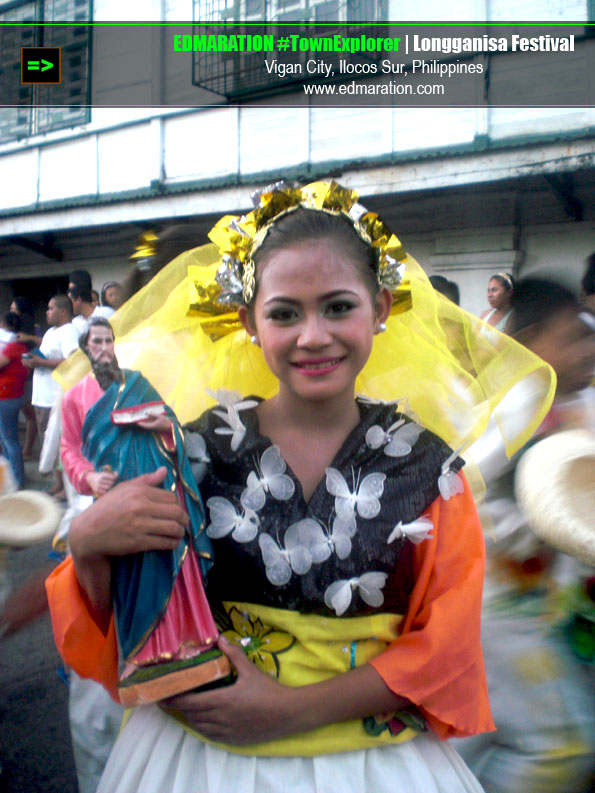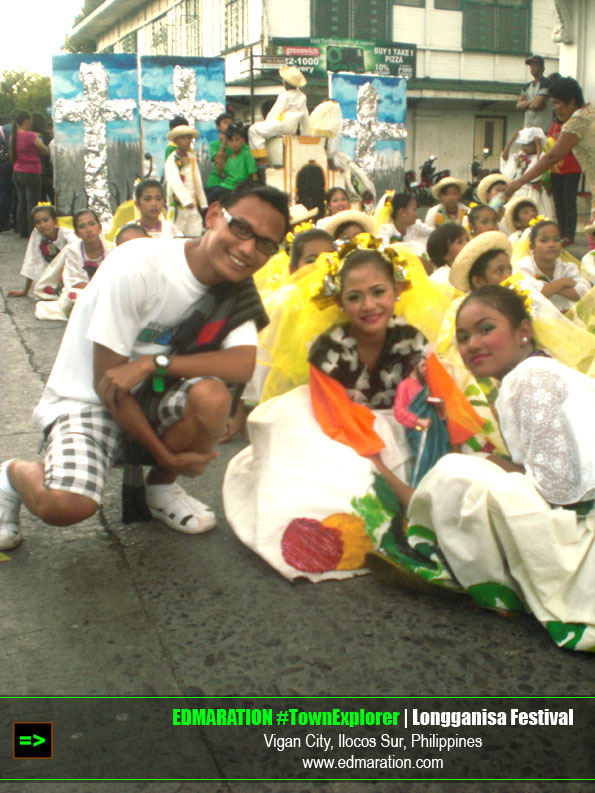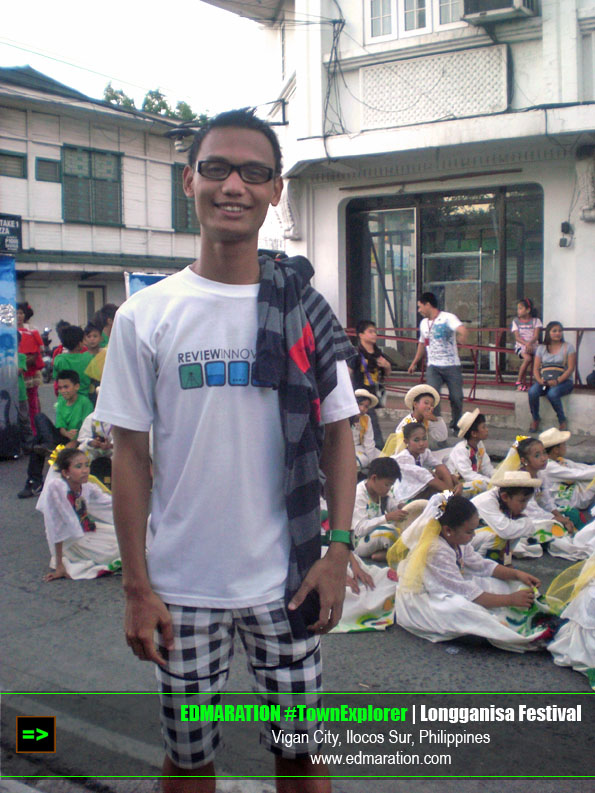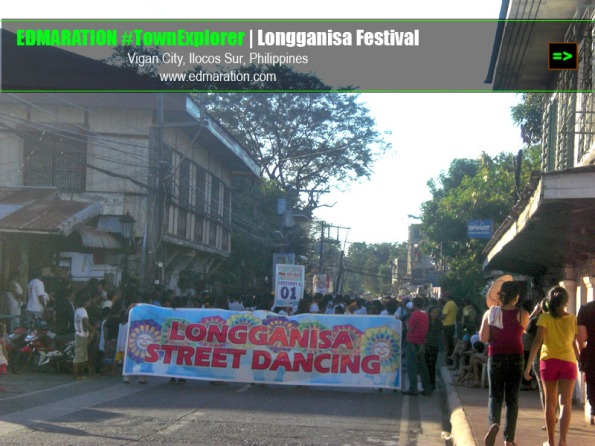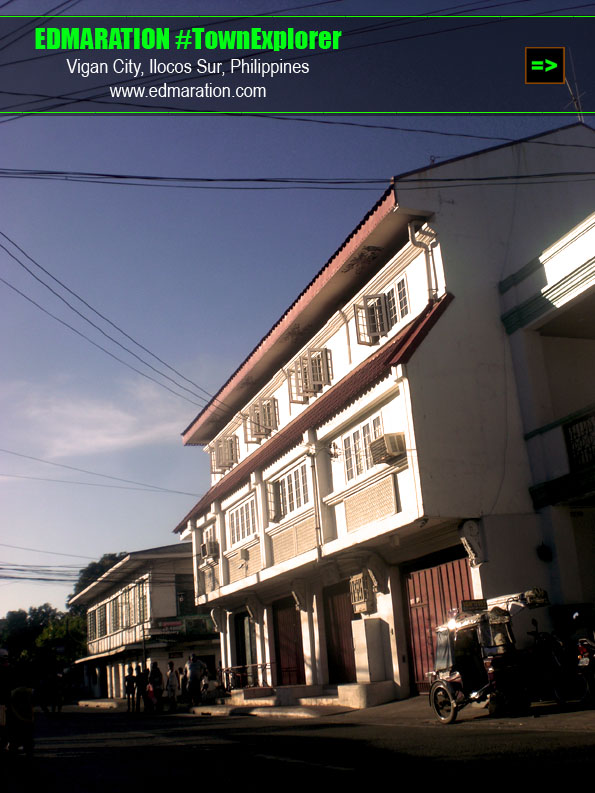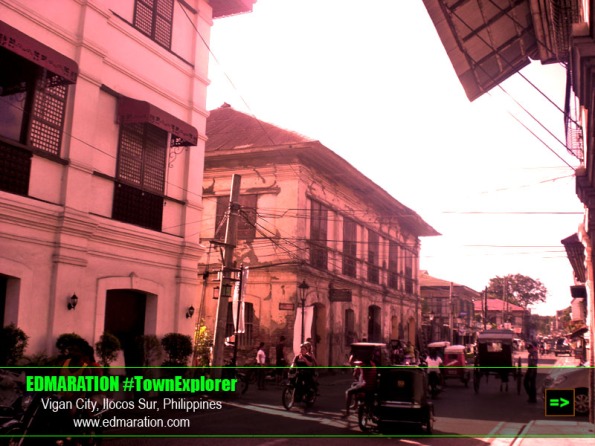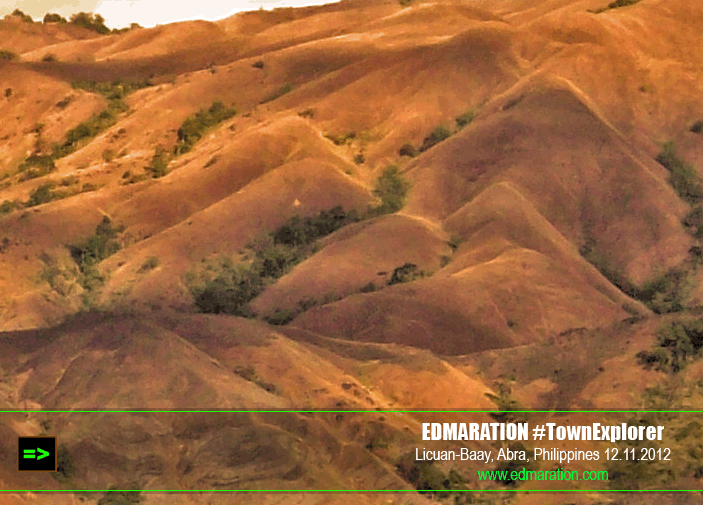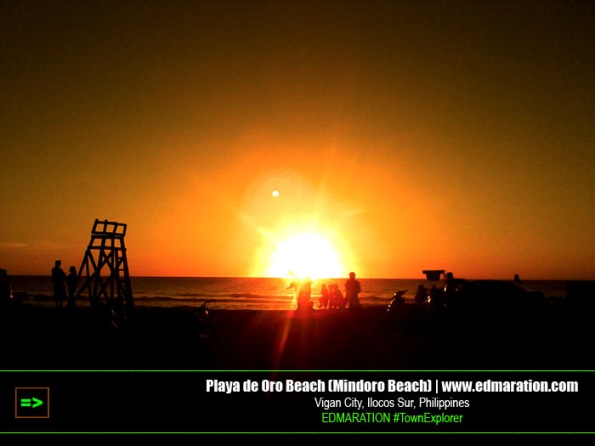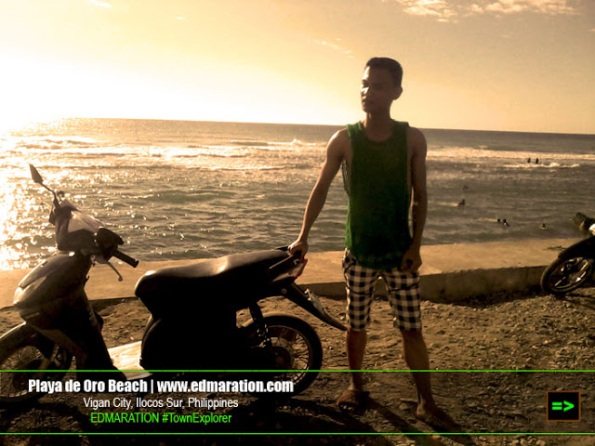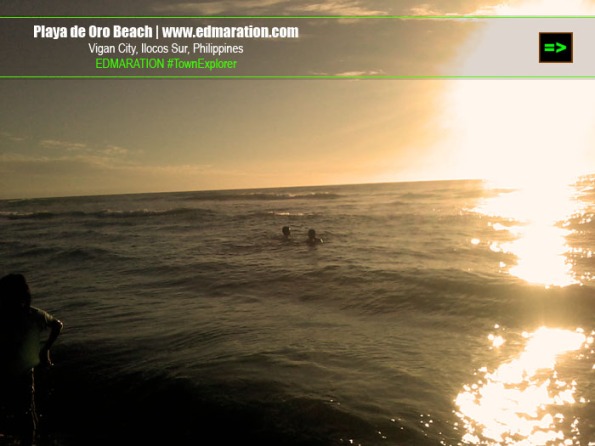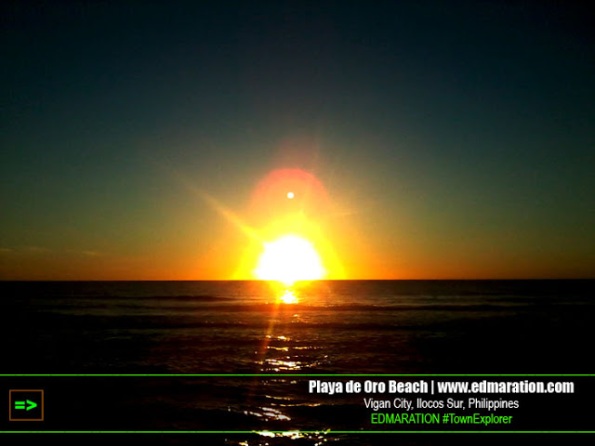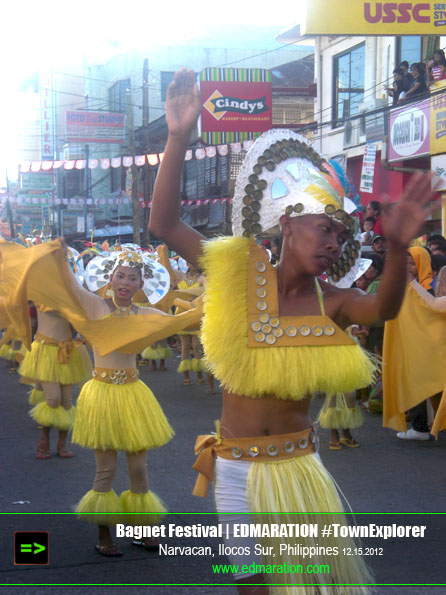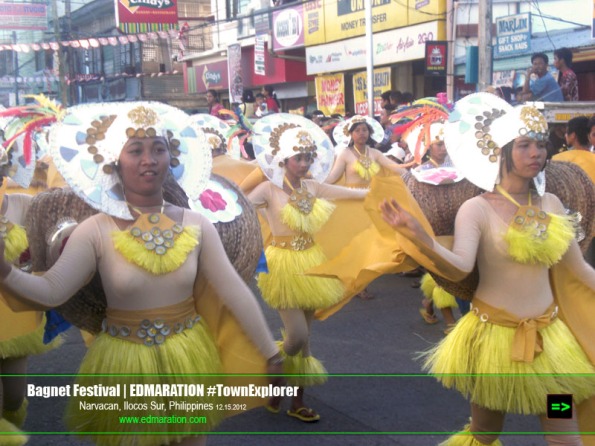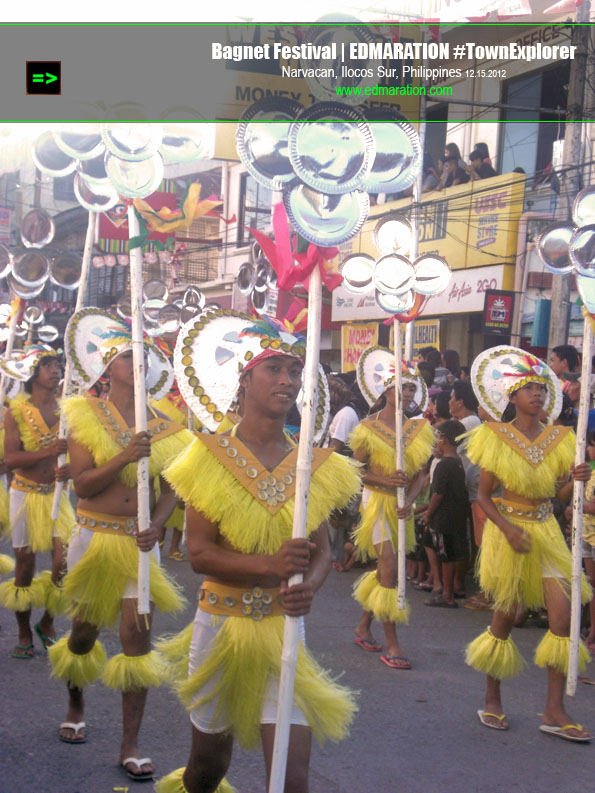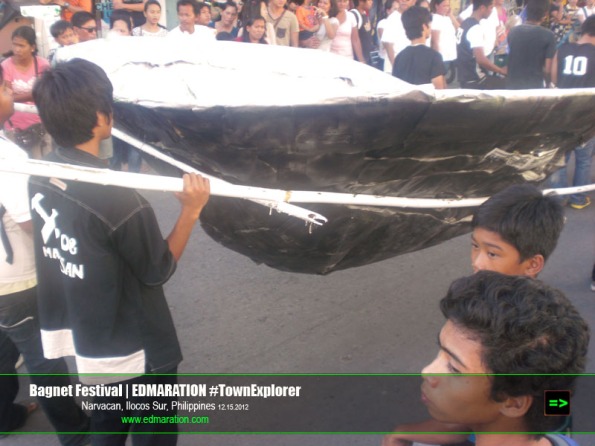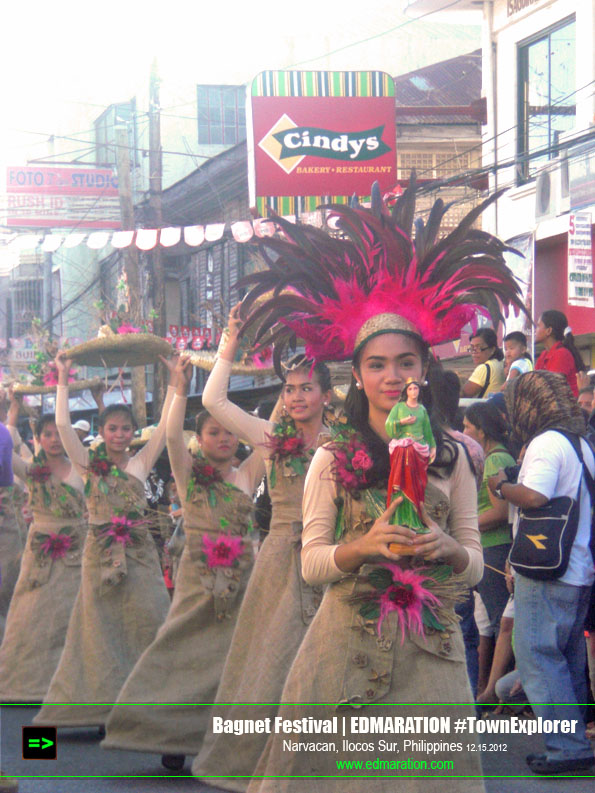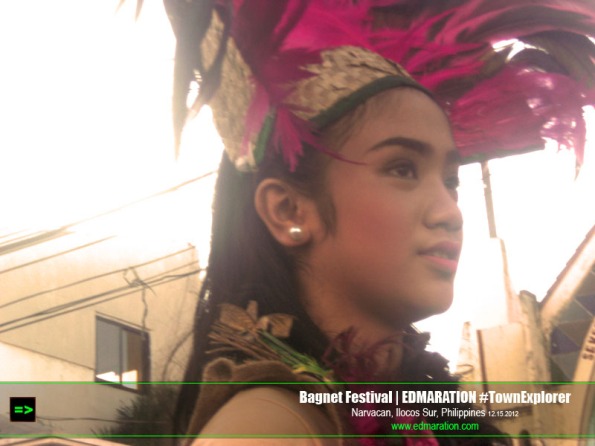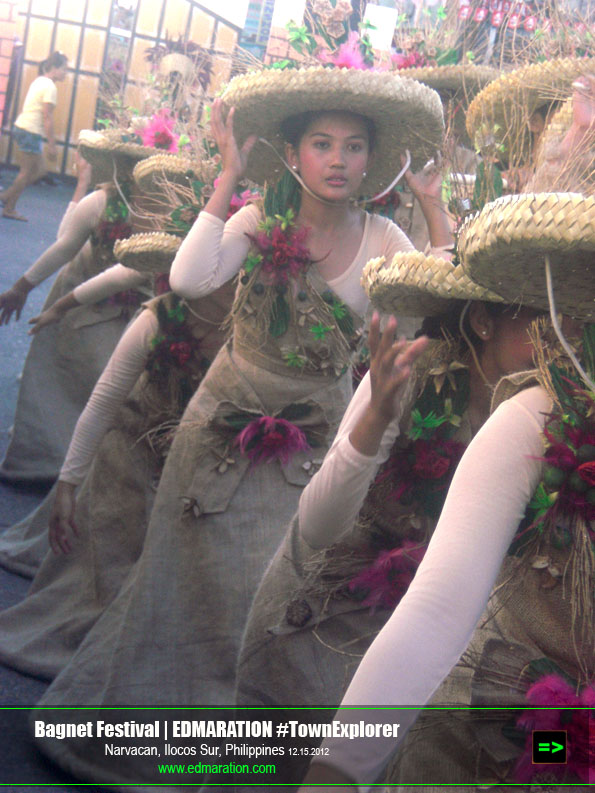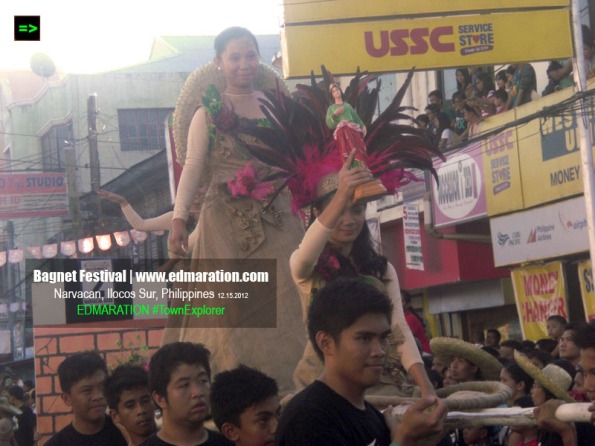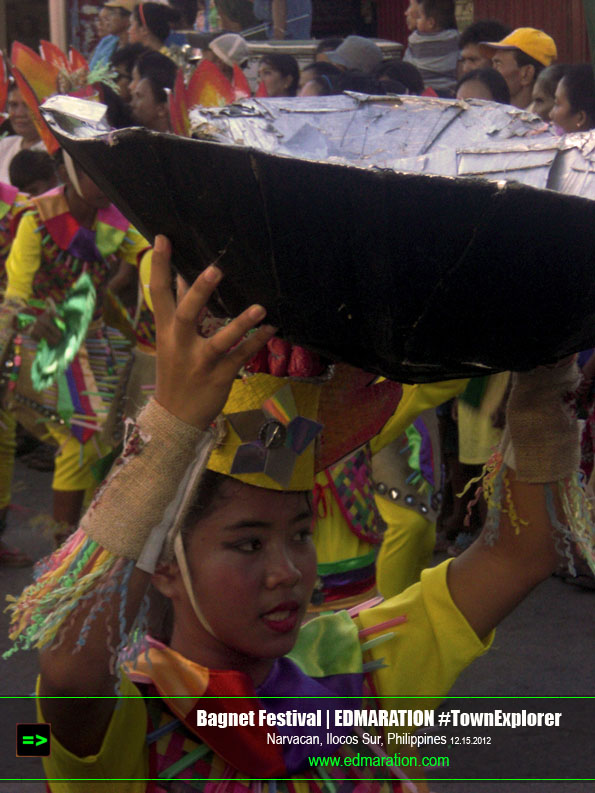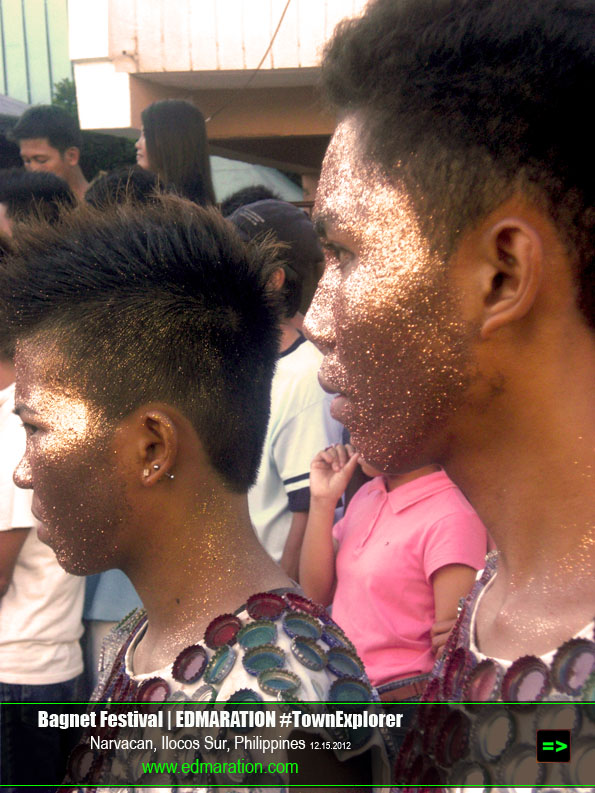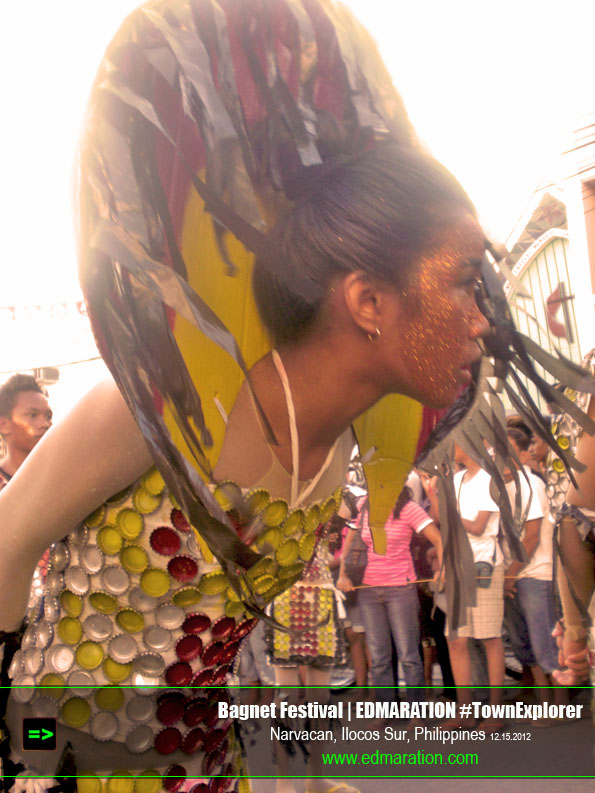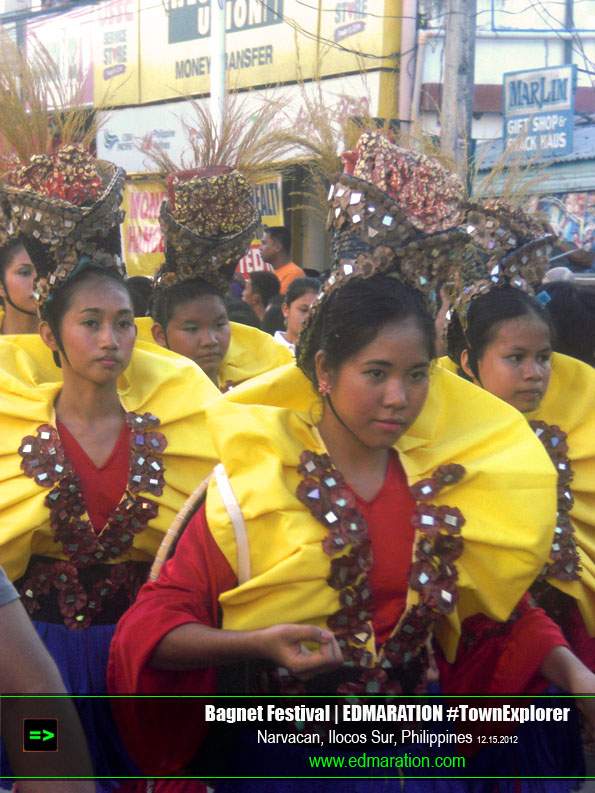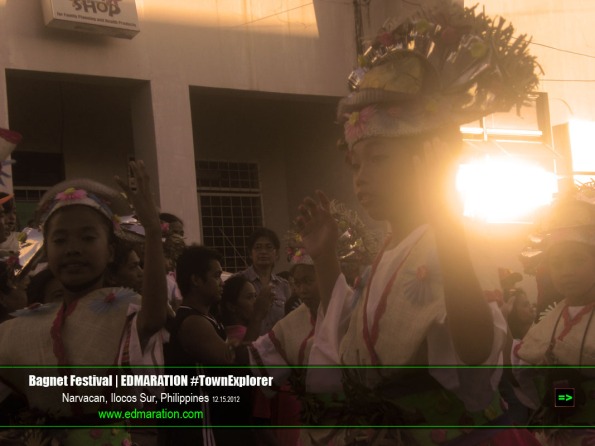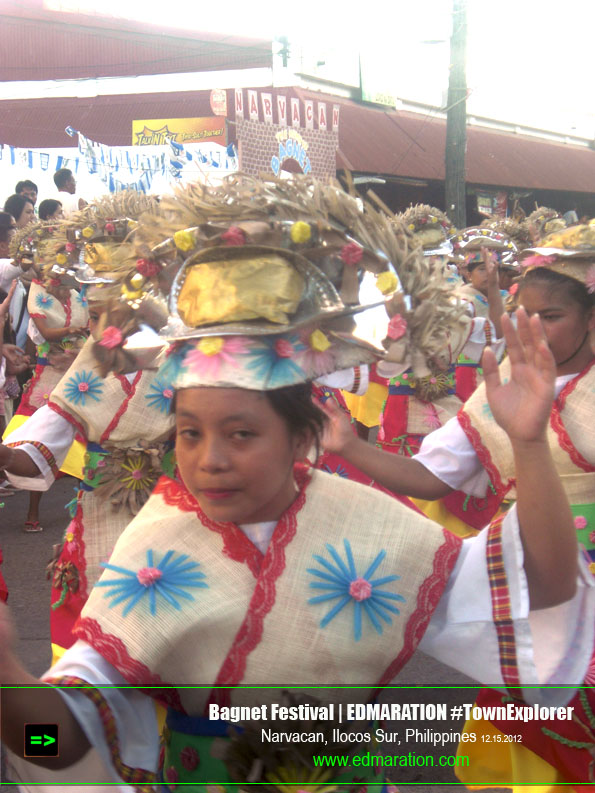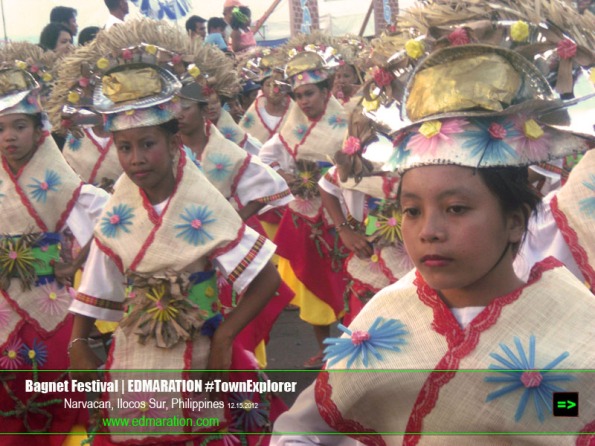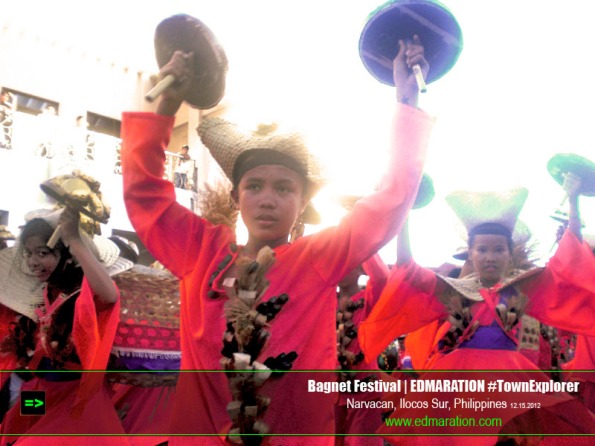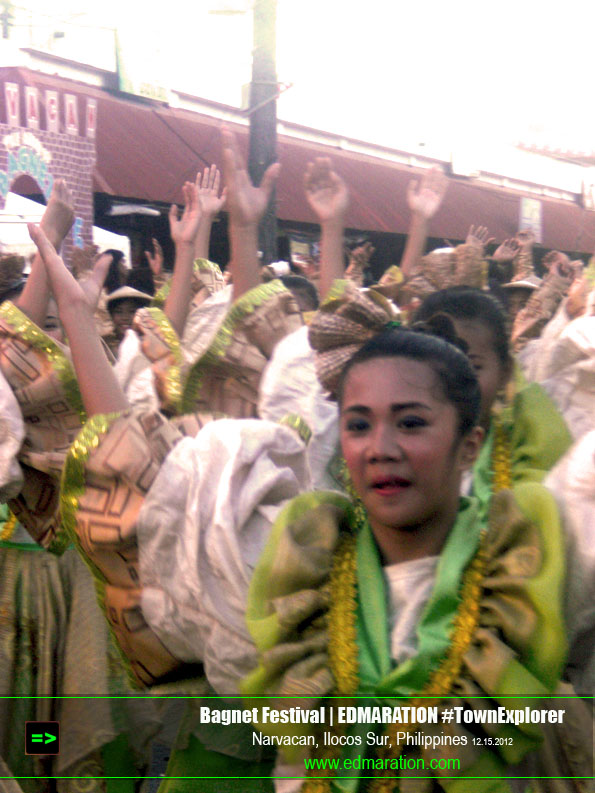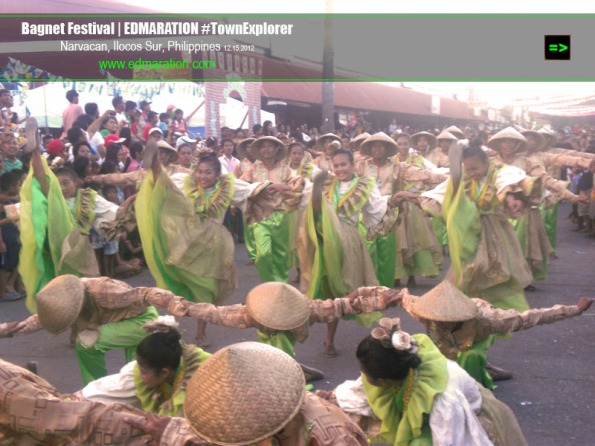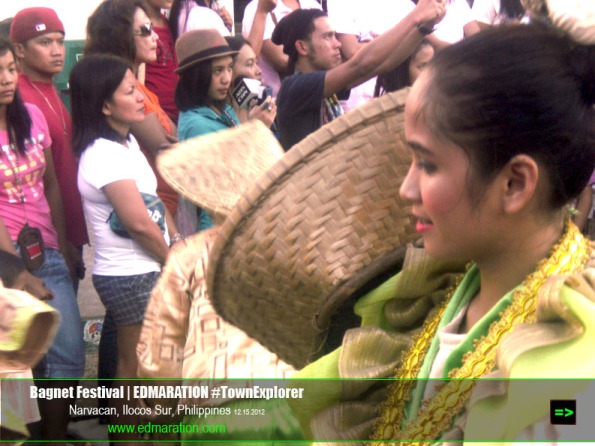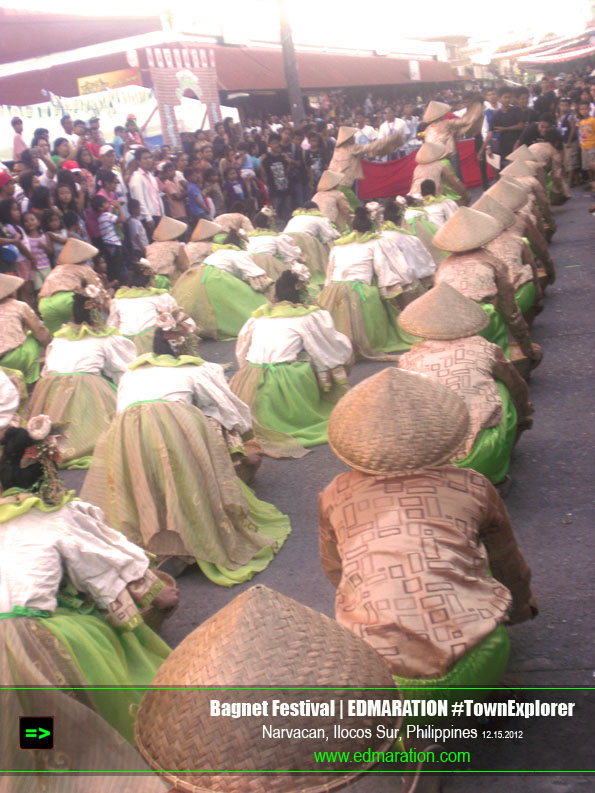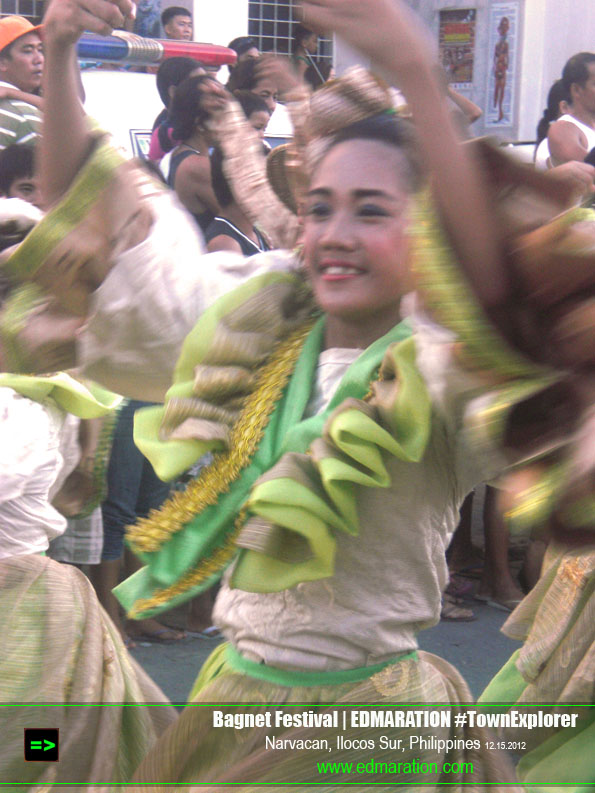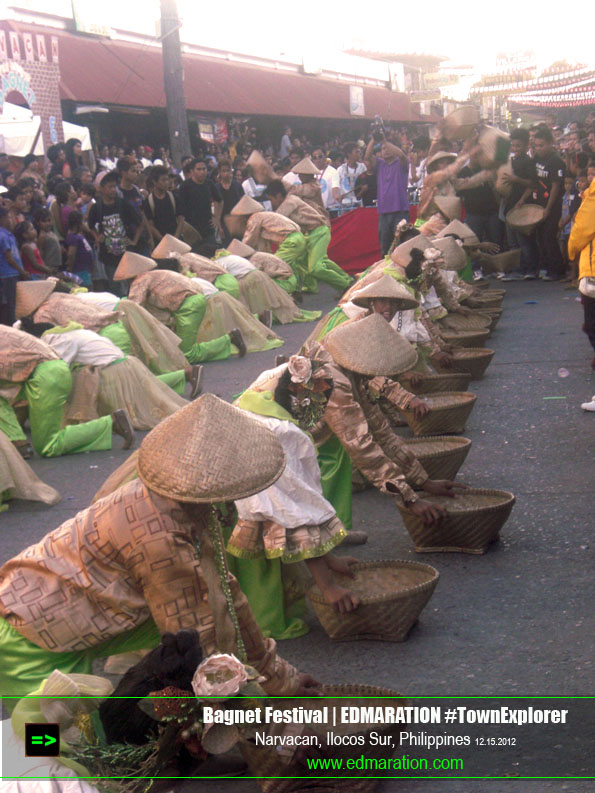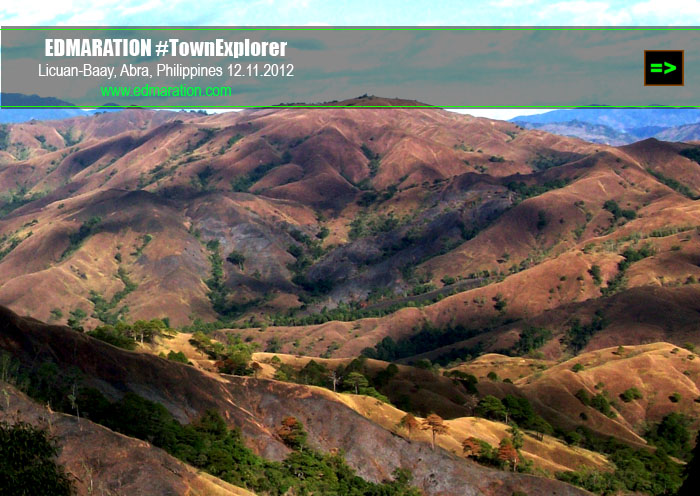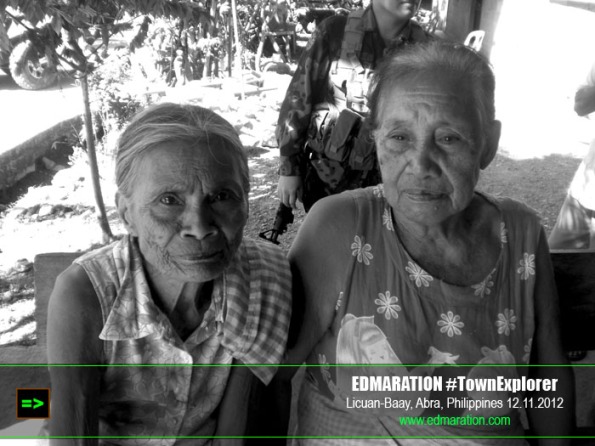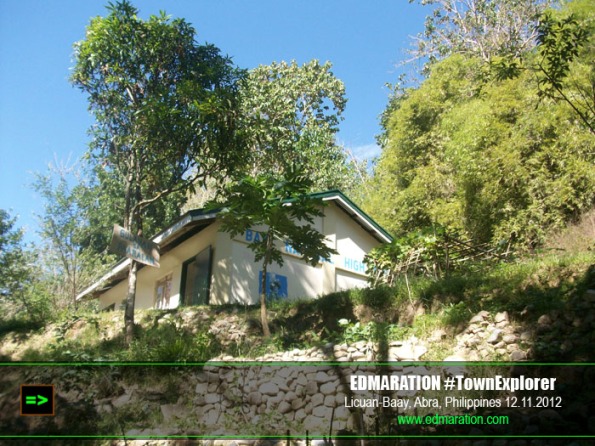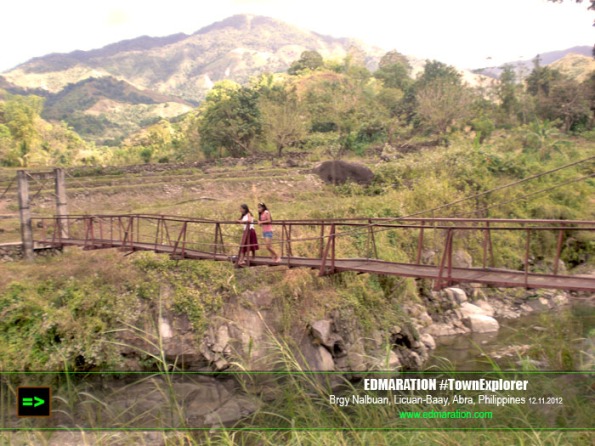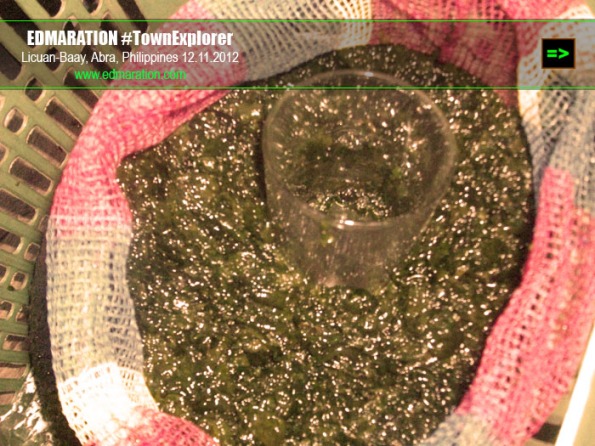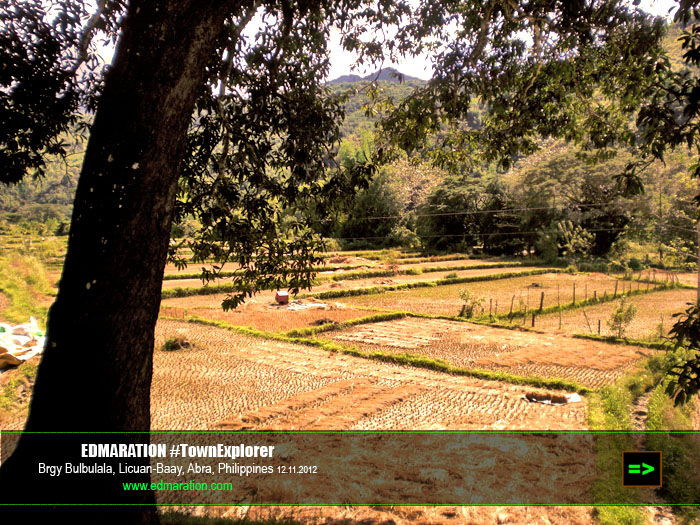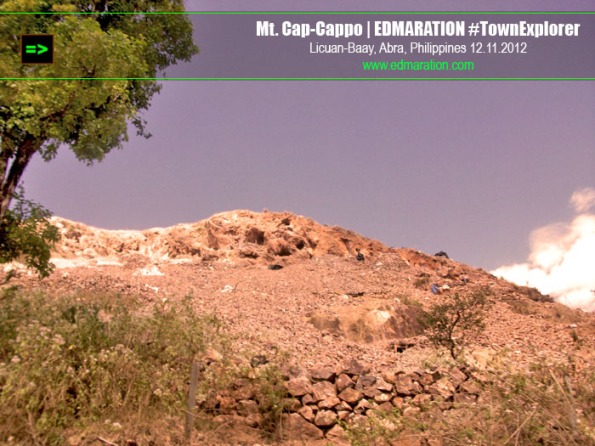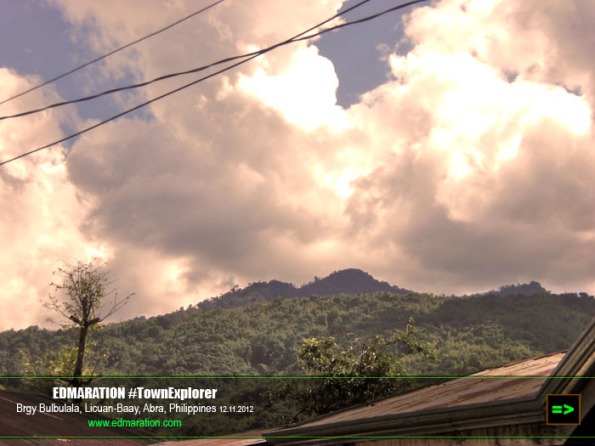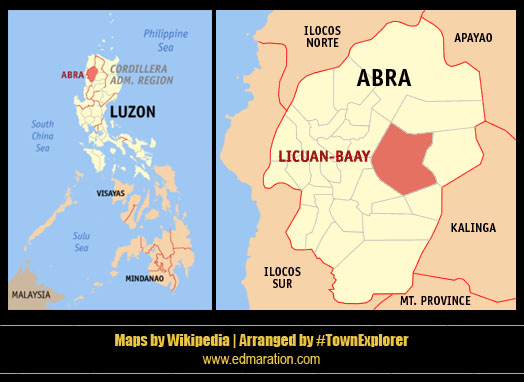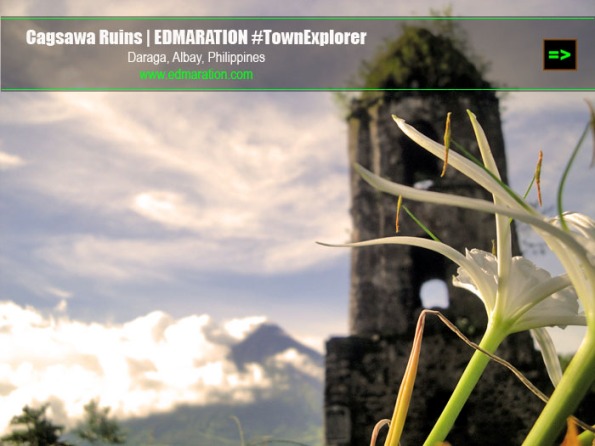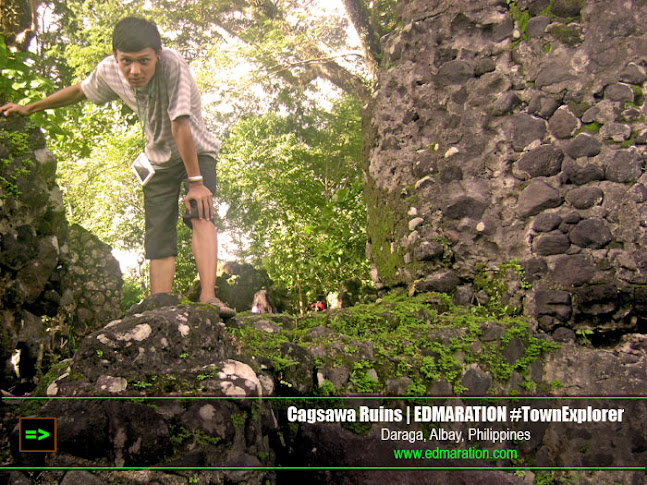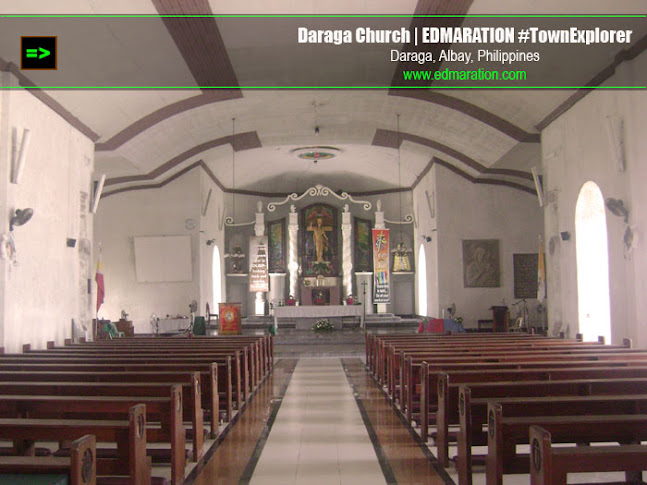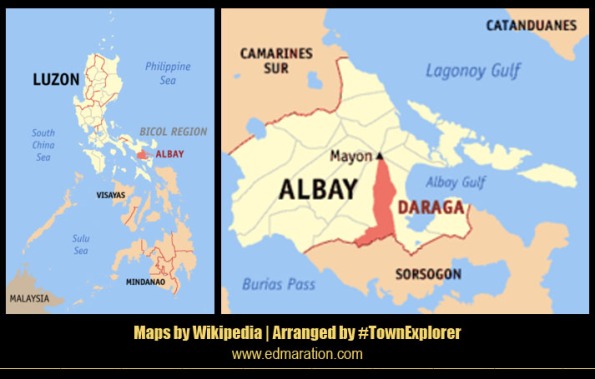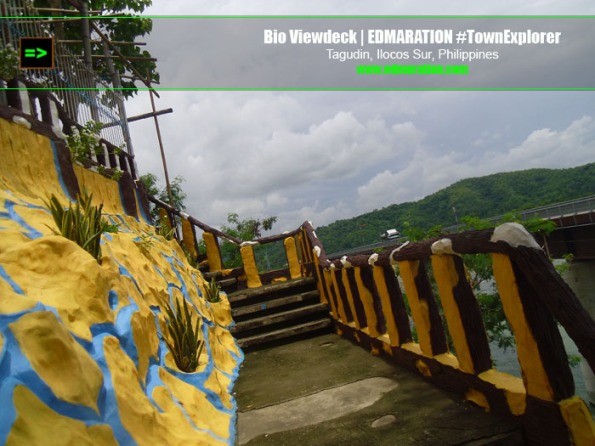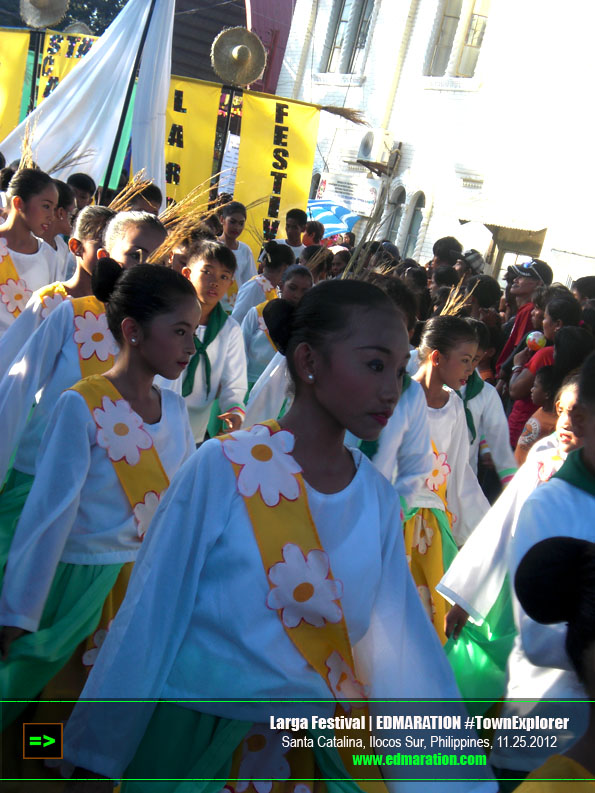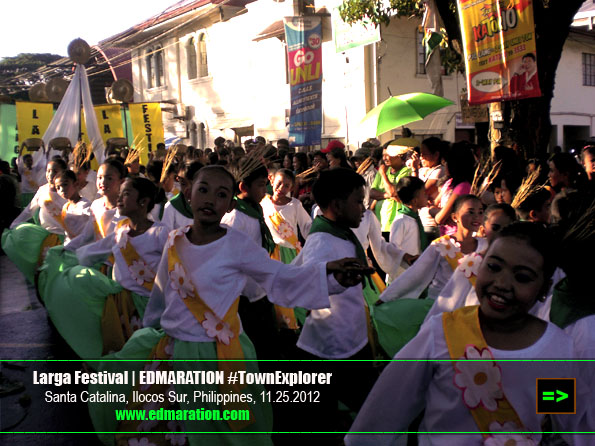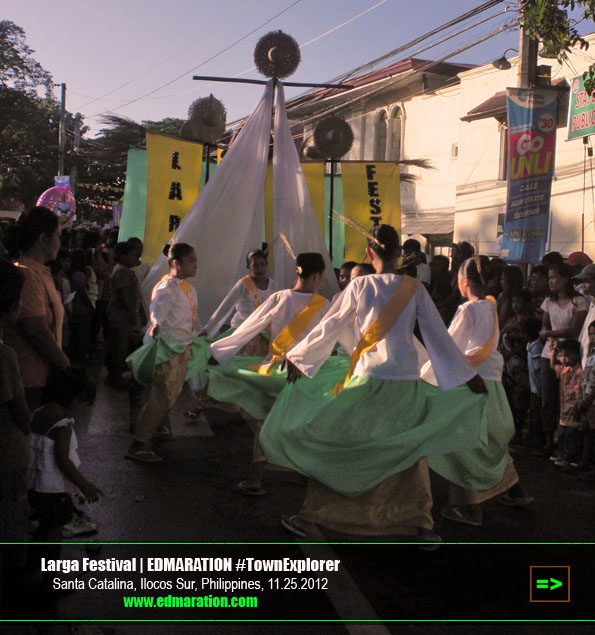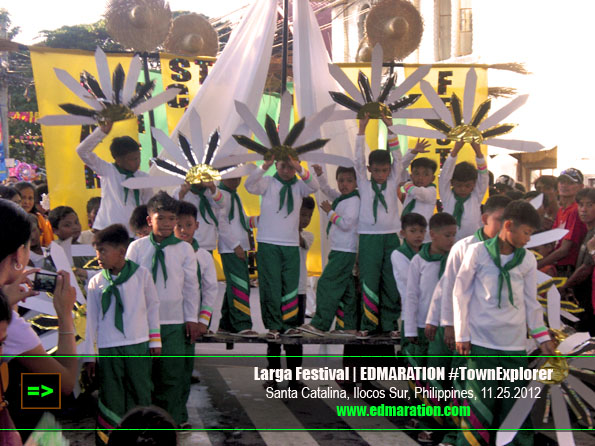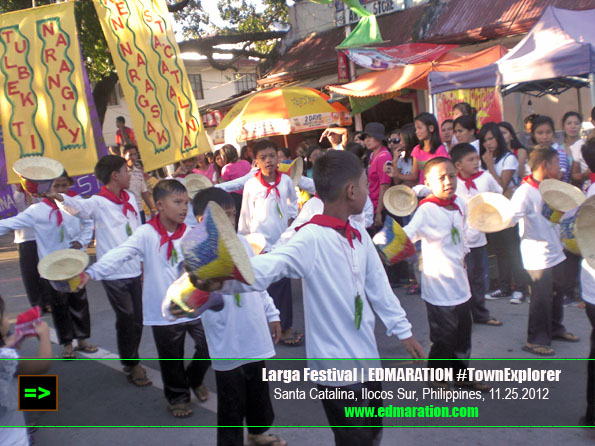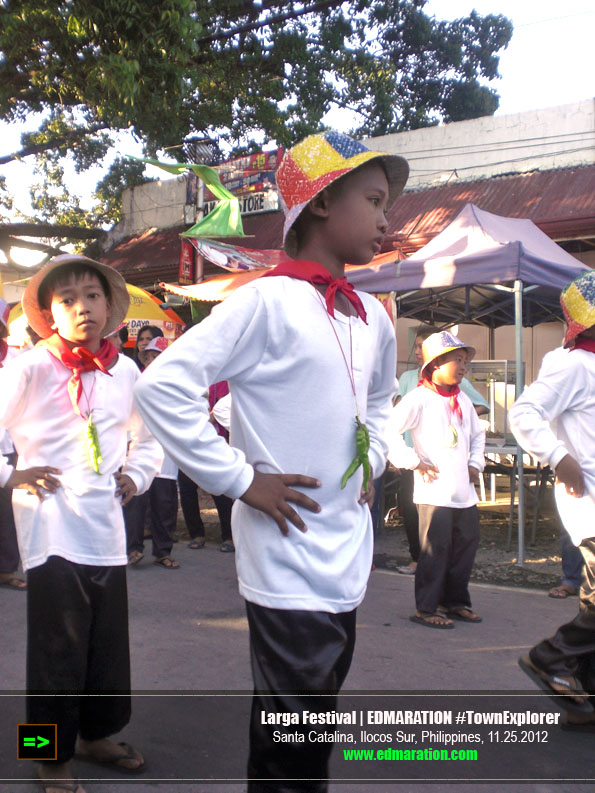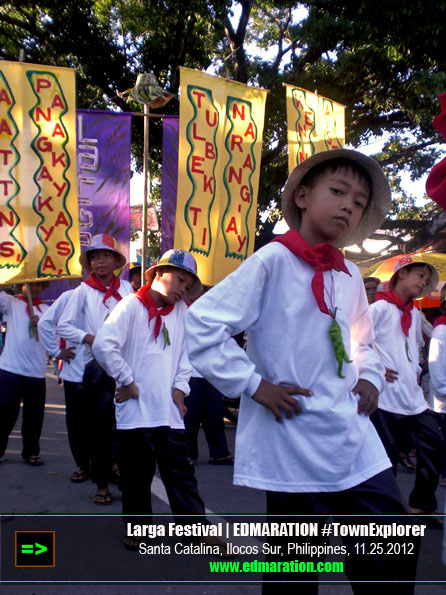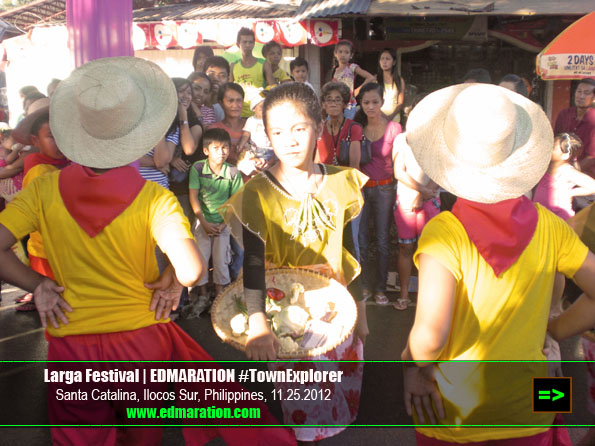Yes, you gotta start your Town Tour Itinerary at the Cagsawa Ruins. If you would ask the locals, they would tell you to go here at morning. The reason? To see the Mayon Volcano without thick clouds covering it.
Ok, that is the theory of these #TownFolks and I bet there are no political and scientific conspiracies over those theories. The volcano’s showgirl side peaks at the morning. Ready for the show?
Don’t just get satisfied of photographing Bicol’s most famous man-made landmark seen in HEKASI Books back then in Elementary and High School. Go and explore the ruins! Examine the ruins. Go around the ruins. If you were able to do that, you’ll be smart enough to recognize how volcanic stones look like.
This is your chance to touch and feel the famous Cagsawa Ruins and you’ll come to realize that there are some more things to know not discussed by your school teacher only if you will observe keenly and examine the ruins with curiosity.
See what’s inside the ruined belfry
Another suggestion is to go inside the belfry if you are lucky enough. I said if you are lucky enough because I wasn’t lucky enough to go inside. However I was able to take a snap shot. There are wooden fences. The reason I can see to this is to ensure the safety of the tourists. There could still be debris you know.
But of course, have you ever wondered what to see inside the belfry? ‘Cause you know, we always see the exterior in books but not what inside the belfry right? This is your chance to prove that there is no dragon inside the belfry.
I was really curious, and now, I was able to see that inside the belfry are volcanic stones stuck together. It is massive you know. The holes inside (that used to be the windows of the belfry) were great source of light inside. But during the night, they become non-useful, of course.
Shop for souvenir (optional)
This option is highly recommended for shoppaholics but not for shoplifters.
Inside the Cagsawa Ruins premises are plenty of local products to choose from. But one inviting commodity that I don’t suggest shoppers to buy is the Wild Orchid from Mayon. I am afraid these orchids will run out due to high demand.
Just buy other orchids but not this beautiful wild orchids growing at the slopes of Mayon Volcano.
Travel Back in time at Balay Suanoy
Check out the Balay Suanoy Ancestral Home. It is a restaurant-museum. It is a very elegant house that contains a lot of vintage stuff. It feels like you are not in Albay because of the Intramuros-ish and Vigan-ish ambiance.
Located across the street is the Gazebo, it is recommended for group travelers who want to experience dining in this high-end restaurant.
Food Trip: Recommended Foods to Eat at Balay Suanoy
Yes I know, you are in Bicol and you have to try the Bicol express food. But I just want to make a detour to the Pacific Ocean because the Crispy Pata and Apple + Banana crepes in Balay Suanoy are must-try foods.
I am confident enough to say that it won’t disappoint 🙂
Daraga Church is a National Historical Treasure painted with white which actually contains chemicals to preserve the deteriorating facade.
You need to climb the hill where this church is located. If you don’t have an idea how this church looks like before it was painted with white, check out the belfry and you’ll know how old it looks.
Get inside the Daraga Church
Don’t get satisfied just seeing the facade, get inside and check out what to see.
Inside the church was empty when I went here. The facade looks older than what is seen inside based on how I see it.
Dine (again) with the Mayon View
End you Daraga town tour with another food trip at JZOR Restaurant. North of the Daraga Church is a simple, non-touristy yet must-try restaurant because of the experience it brings you dining on an azotea-like setting while viewing the Mayon volcano.
It gives you an outdoor-dining experience because of the vastness of the plains you see below that gradually meet together at the top in unison that is the peak of the almost-perfect cone Mayon Volcano.
I hope this one helps. Go! Explore the town of Daraga!
Do you want to explore more the town of Daraga? Hint: Click the map. Happy #TownExploring!

